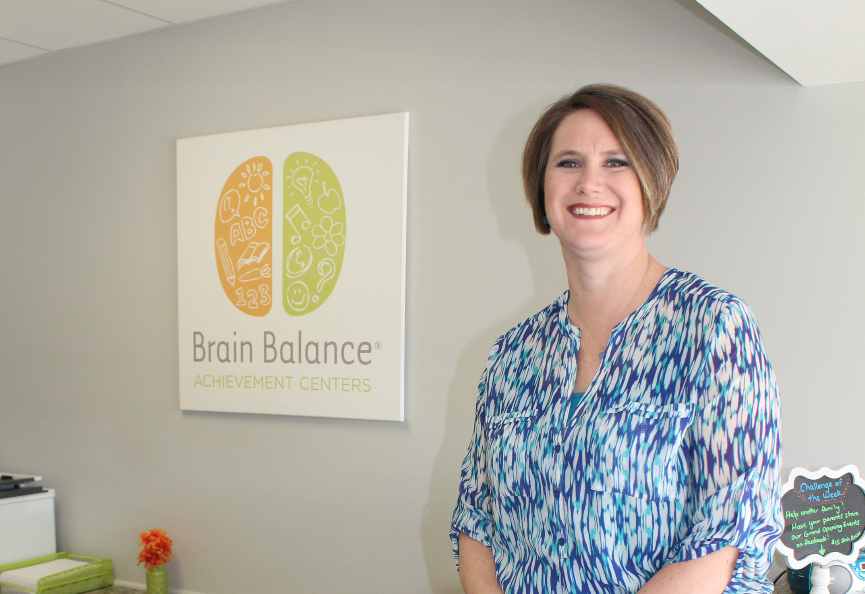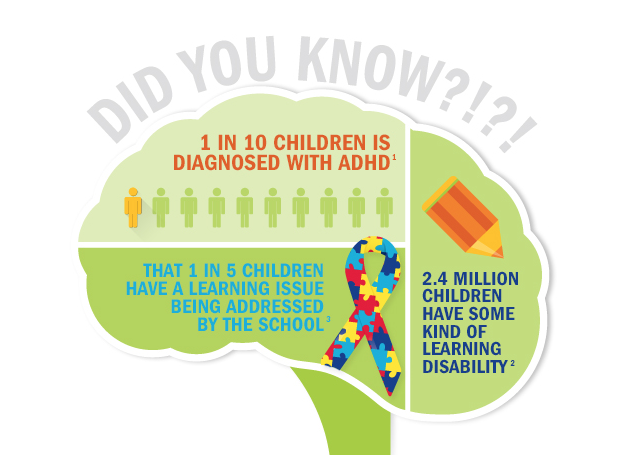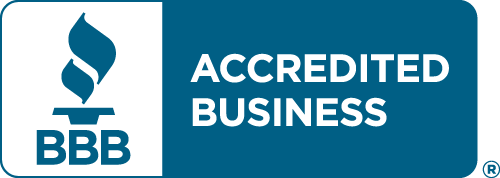Writer / Christy Heitger-Ewing
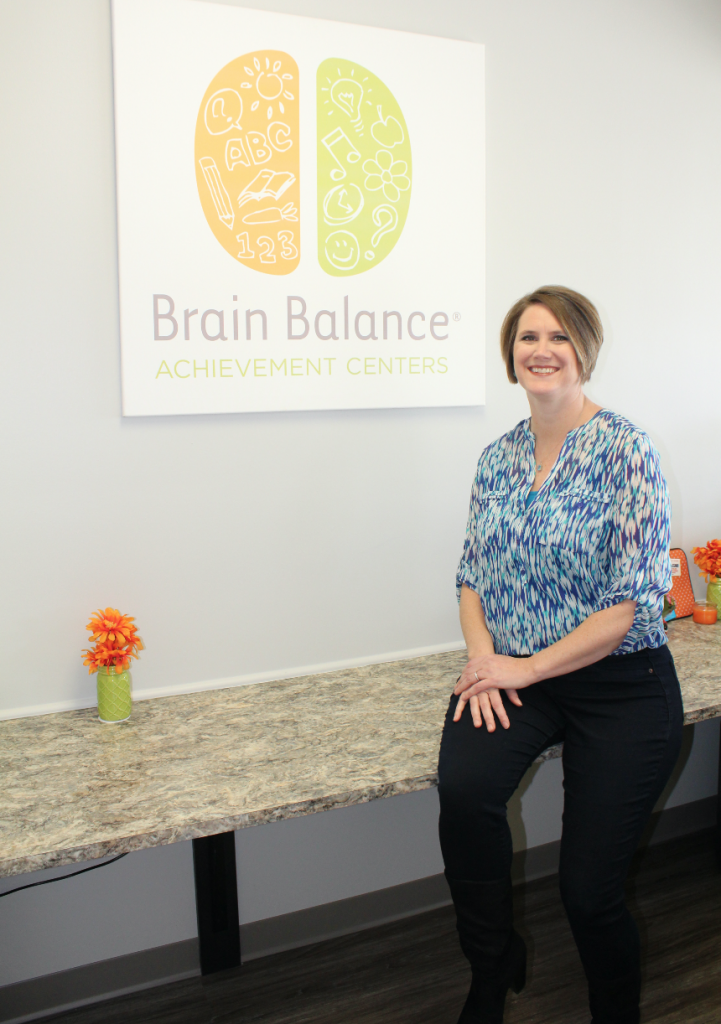 Nicki Snodgrass was skeptical when she first stepped foot inside of Brain Balance. But she was also desperate after battling with her 5-year-old daughter over behavior issues, including extreme tantrums and refusal to listen.
Nicki Snodgrass was skeptical when she first stepped foot inside of Brain Balance. But she was also desperate after battling with her 5-year-old daughter over behavior issues, including extreme tantrums and refusal to listen.
“I was at my wit’s end when I came to Brain Balance,” Snodgrass says. When she met with the center’s director & owner of the Plainfield location, Rhonda Zollner, however, her ears perked with hope. Brain Balance provides children ages 4-18 with a comprehensive, non-medical approach that combines physical and sensory exercises with academic skill training and healthy nutrition.
“Everybody else focuses on bilateral stimulation. We are hemisphere specific, looking at comprehension, spatial, and bigger picture skills for the right brain and fact, figures, fine motor, and details for the left brain. We literally change the trajectory of brain development,” says Zollner, noting that function precedes development. “If you break your arm, when it heals, you go to therapy to work that weaker muscle. You’re not going to work both arms when one is fine. That’s what we do here with the brain.”
Dr. Robert Melillo, creator & co-founder of Brain Balance Centers and author of several books, including “Disconnected Kids” and “Reconnected Kids,” maintains that 1 out of every 5 children is diagnosed with some type of neurological disorder that affects the ability to learn and socially interact. So he launched a program that integrates multiple aspects, including music, movement, light, sound and smell, as well as behavioral, dietary and academic interventions.
When a child first comes to Brain Balance, the staff completes a comprehensive assessment to determine if he or she is right or left brain weak.
“We test more than 1,000 things with brain function,” says Zollner, who admits that the results are often eye-opening for parents.
Crystal Callahan took her 7-year-old son Patrick for an evaluation and found that his left brain was functioning at an 11-year-old level while his right brain was that of a 2-year-old.
“My jaw completely dropped,” Callahan says. “To hear that my son has the smarts of an 11-year-old is so impressive, but it hurt my heart that he was struggling on the other side at a much younger level.”
The staff at Brain Balance doesn’t consider age, grade or symptoms during assessments. They look solely at brain function, focusing on the root problem. They find out where a child is maturity-wise in their brain by going all the way back to the brain stem and looking at primitive reflexes. This is because a brain is built from the outside in and the bottom up.
“When you build a house, the first thing you do is lay the foundation,” Zollner says. “If you had a crack in the foundation, you fix that before moving on. We go back and build a child’s foundation so that it’s solid.”
“Unless you deal with that core problem, you can do everything in the world to try to ‘fix’ a child and it won’t make a bit of difference,” Melillo adds.
Once the assessment determines the duration of time a child likely needs to achieve brain balance, he or she attends one-hour sessions, three times a week. During these sessions, kids rotate from station to station. Melillo created various stations because through his research he saw that children didn’t just have cognitive, attention, or reading problems. They had motor, sensory, dietary, and immune problems.
“All these areas of the brain are impacted so you can’t just work on one part of it,” Melillo says. “That’s why most programs don’t work because they’re just looking at one piece of the puzzle.”
The larger testing room, used for physical activity, is where they look at the synchronization of the brain. They also work with cross-lateral gait aerobics, inner ear balance, and spatial awareness. The sensory-motor room is where the majority of the sessions take place. For instance, if a child is right-brain weak, the right eye is blocked with a special pair of glasses so that everything comes in through the left eye very intensely to stimulate the right brain. They also work on auditory processing.
“We hear all the time from parents that their child can’t focus,” Zollner says. “What happens is that if you’re talking to me on my left side and the television is going on my right side, the two sides of the brain are not processing at the same speed, so I’m going to catch bits and pieces of what you say and bits and pieces of what’s on TV.”
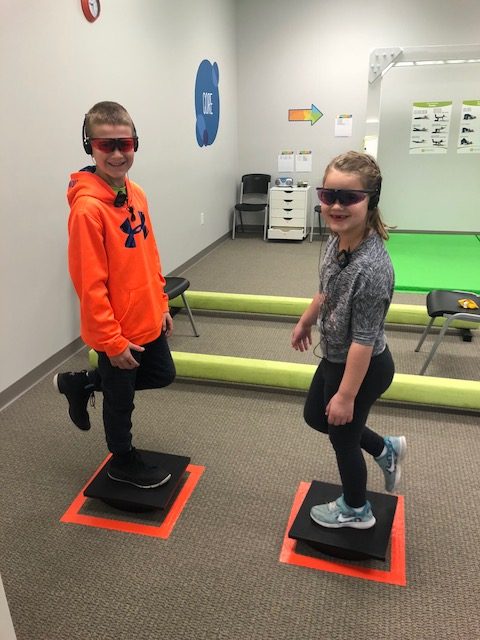
Parents can repeat themselves until they’re blue in the face, but if the child can’t learn due to an imbalance, “it’s like pouring water over a rock,” Zollner says.
Brain Balance also works on processing speed (how fast a child takes in information), visual perception, and eye tracking. A child who struggles with reading might skip words or lines, make careless mistakes, or re-read the same sentence multiple times. At Brain Balance they look at how eyes are fluently reading from left to right and how quickly a child’s eyes shift from one thing to another. In addition, some kids turn their entire head rather than simply moving their eyes because they struggle with head/eye separation. If a child’s eyes aren’t tracking, that’s where distractibility comes in.
“Often when a child struggles with reading, people say, ‘Make him read more,’ but that’s not going to do anything for the imbalanced brain,” Zollner says. “Forcing them to read will only serve to further frustrate them.”
And speaking of frustration: teenagers, in particular, spend countless hours looking at their phones, which means they’re not shifting their eyes back and forth. On top of that, many schools utilize tablets so there isn’t the shift of copying from the desk to the board, the board to the desk.
“They’re not using that function of the brain anymore,” Zollner says. “You don’t use it, you lose it.”
With tablets, too, there’s swiping — no fine motor turning of the page. That’s not good since we rely on our senses for brain activation.
“Teenagers sit side-by-side, texting each other,” Zollner says. “It’s no wonder they struggle to socialize and read body language.”
Then there are the young children staring at devices. Parents don’t see the harm in letting their tyke play on an iPad, but doing so causes one side of the brain to develop too quickly, causing an imbalance.
Zollner first learned about Brain Balance when her own son, Gage, began lashing out at her daily. Gage entered the program at age 6 and, within three months, his behavior changed dramatically.
Recently Dr. Melillo came to Plainfield and held a seminar where he shared exciting news from Martin Teicher, a professor and researcher with McLean Hospital at Harvard Medical School, who stated that “Brain Balance exercises have widespread effects on functional connectivity.”
The most poignant stories come directly from the kids who have gone through the program. These are kids who have often been written off by society as hopeless and helpless.
“They hug me, thank me, and tell me that Brain Balance changed their life,” Melillo says.
The center, which just celebrated its grand opening in March, has already helped numerous children, including Snodgrass’ daughter, who after three months, witnessed incredible improvement.
“She’s constantly getting positive feedback from her teacher, and we’re having fewer issues at home,” Snodgrass says. “We can go out in public without worrying that it’ll be a humiliating experience. She has flourished through this program.”
Brain Balance is located at 160 Plainfield Village Drive, Suite 141 in Plainfield. To learn more, call 317-707-7452 or visit brainbalance.com.


